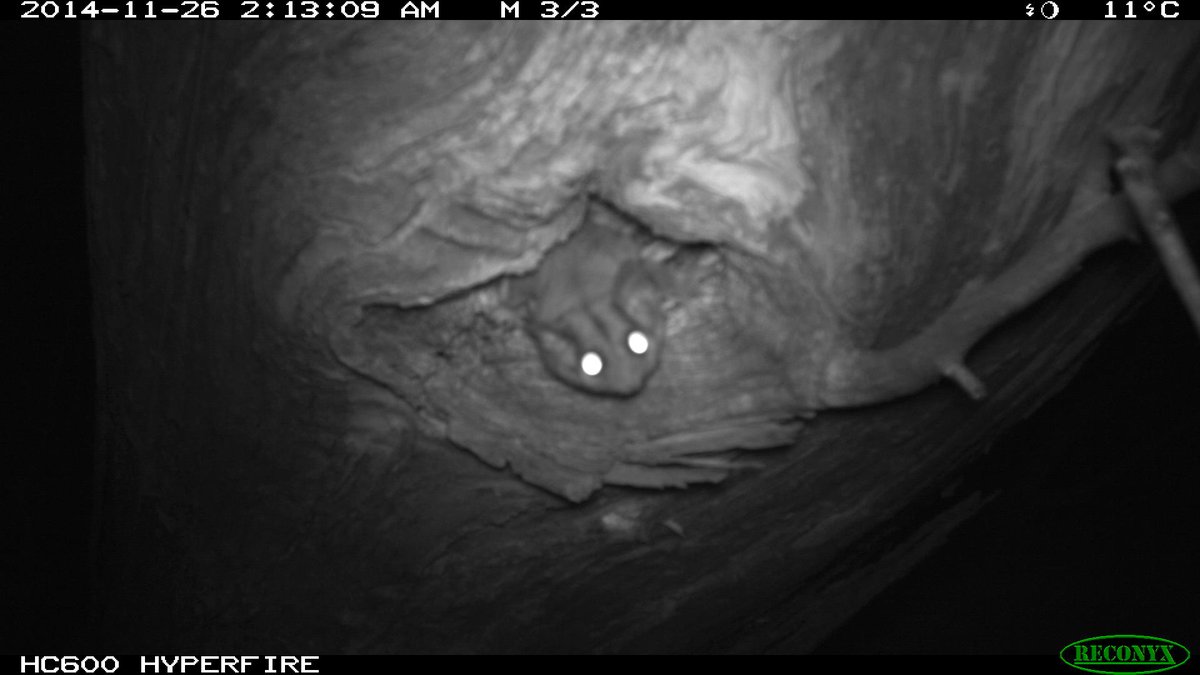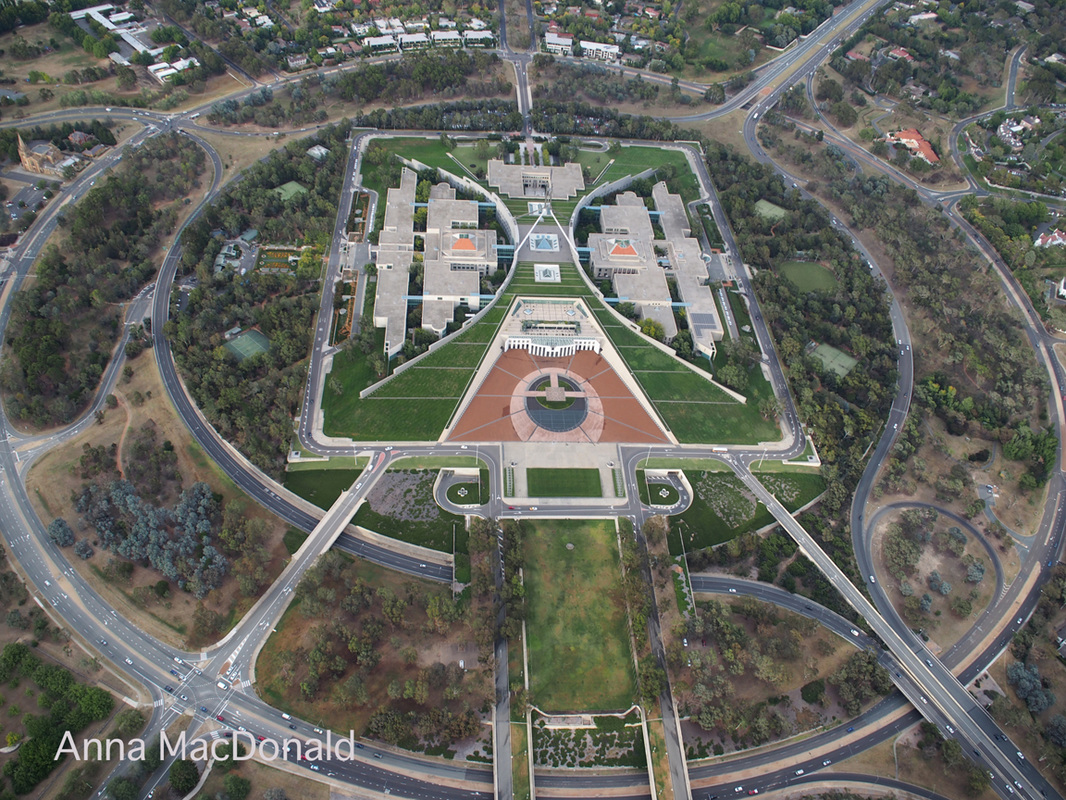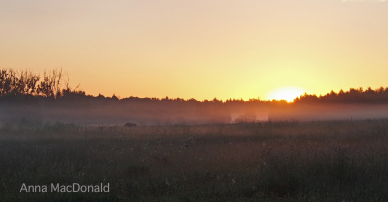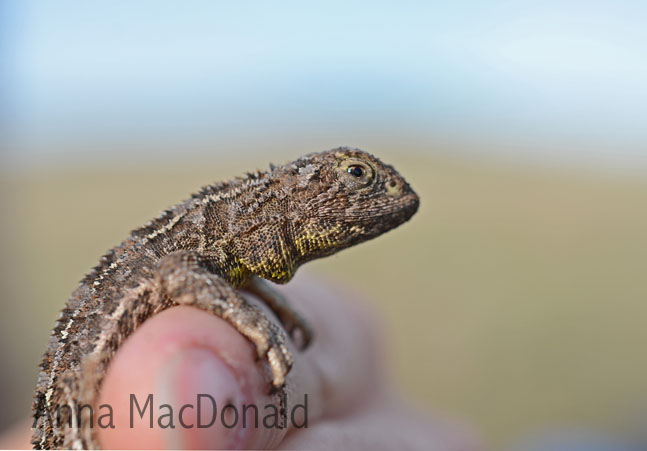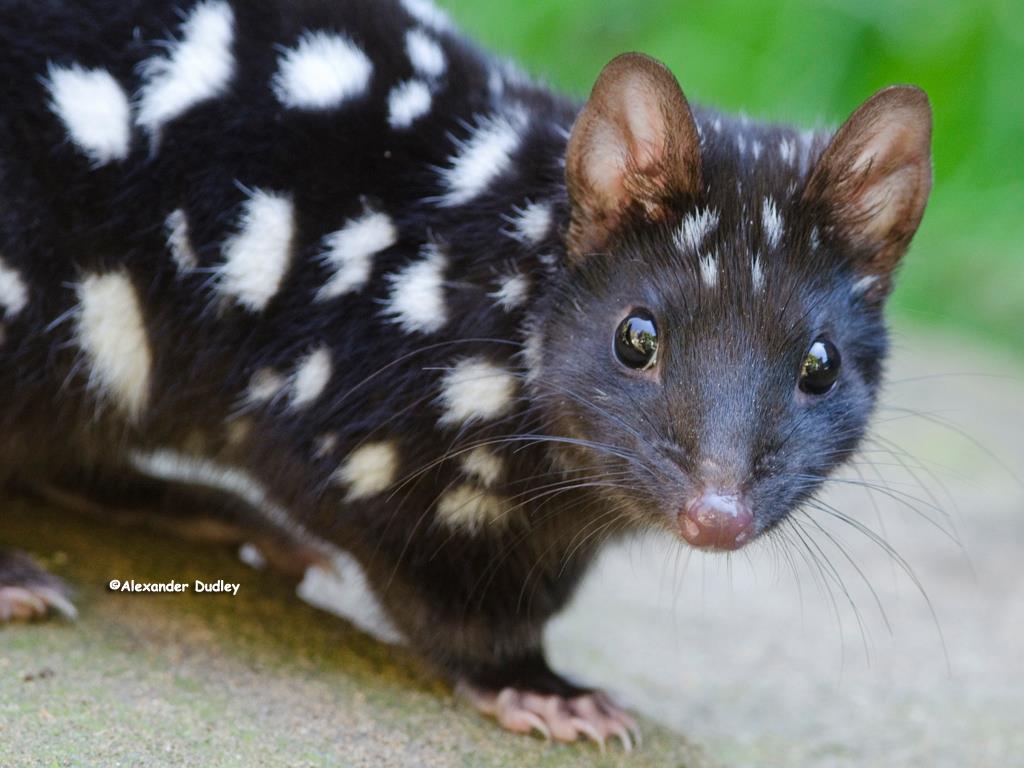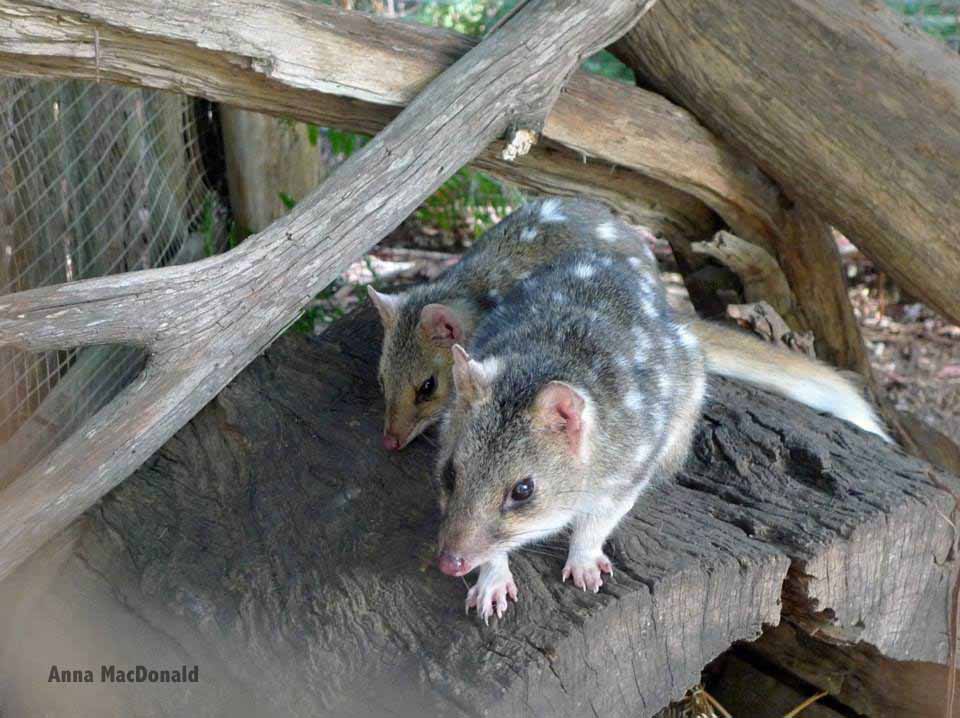Anna MacDonaldI'm a biologist with interests in genetics, conservation, ecology, invasive species, and wildlife management. Archives
May 2019
Categories
All
|
Back to Blog
Click here to read the full post at WildlifeSNPits. When is a native species also invasive, and how can we tell? This may seem a strange question, but it highlights the difficulty we sometimes face determining the boundaries of the area in which a species naturally occurs. Especially when detection is imperfect and those boundaries may change over time. Animals move. Plants move. Sometimes a species will naturally move into a new area, and we recognise this as a range expansion. At other times, a species may only be able to move to a new area with human help (deliberate or unintentional), and this may create a new, invasive population. Think about Australia. If I asked you to name an invasive mammal, you might choose a fox, cat, rabbit or pig. These are clearly not native to Australia. What if I ask you to name a native mammal? Maybe you chose a red kangaroo or a wombat? They are both native to Australia, but they are not native to ALL of Australia. If we were to move a native species to a new part of the country where it had never previously occurred, it may not find the resources it needs to survive, but if it did, we may have created a new invasive population – an invasive native... Photo credit Dejan Stojanovic
0 Comments
Read More
Back to Blog
Click here to read the full post at WildlifeSNPits
Last week I had the privilege of spending two days at the 16th “Science meets Parliament”. It was an eye opening experience and I’ve learnt a lot… but let me explain… Science meets Parliament is an annual event run by Science and Technology Australia (STA), the peak body representing Australian science and technology. It includes career development opportunities related to science communication, media and policy, and the chance to spend a day at Parliament House, meeting politicians and staffers, listening to talks from political leaders and learning about how the parliamentary system works. Each member organisation of STA is able to send two representatives to the event, and this year I was fortunate to attend on behalf of the Genetics Society of AustralAsia. I’m sure I’ll miss a lot of things, but I’ll outline my highlights of the event below.
Back to Blog
Click here to read the full post at WildlifeSNPits At first they were just shadows, dark impressions glimpsed through the mist. Is that really…? Could it be…? As we moved a little closer one of them turned to the east, to face the rising sun. His profile was unmistakable, the curved horns and humped shoulders proclaiming “bison”! And not just any bison, but free-ranging European bison, grazing in the meadows on the edge of the largest remnant of primeval forest in Europe. Without a doubt, this encounter during my visit to Poland in July was the stand-out wildlife experience of my year. With an emphasis on WILD. I suspect that experience is also what prompted this post, on the topic of rewilding. Rewilding. It’s an evocative word. It’s also a word that seems to turn up quite regularly in my news feeds at the moment. Every so often, friends ask me what I think about rewilding. To answer them I wanted to gain a better understanding of some of the issues surrounding rewilding, so I thought I’d do a little reading, then write a quick blog post on the topic. Well, that was a mistake! I’ve just emerged from one of those internet black holes, following one link after another, browsing paper after news article after blog, reading about some wonderful conservation projects, outlandish ideas (some good, some… less good) and first person perspectives from all sides of the debate. So what have I learned? Well… it’s complicated.
Back to Blog
Click here to read the full post at WildlifeSNPits:
September 7th marks the anniversary of a spectacular failure in Australian wildlife conservation. On this day in 1936, the last known thylacine, the largest marsupial carnivore and the only member of the family Thylacinidae, died in captivity in a Hobart zoo. Today, this day is recognised (I cannot bring myself to write “celebrated”) as Threatened Species Day. In July this year, the Australian Government launched a new Threatened Species Strategy at a summit in Melbourne. Many conservationists, myself included, have welcomed these plans, which include targets to improve the conservation status of 20 mammals, 20 birds and 30 priority plant species by the year 2020. Those who know me will know of my love for bandicoots, bilbies and quolls, so it should be no surprise that I’m delighted to see some of these species included in the new strategy. But still, in the days following the announcement I found myself having conversations with an assortment of friends and colleagues that went along the lines of “this is great but what about the threatened fish… or reptiles… or amphibians… or insects… or crustaceans…" If we are serious about wildlife conservation and the preservation of ecosystems, we can’t afford to focus only (or mostly) on the cute and the fluffy. We need to strive to conserve all wildlife and especially to prevent the loss of species that play important ecological roles. We need to save the pollinators, the predators, the detritivores, the ecosystem engineers… there are many of these and, although some may have fur or feathers, most of them don’t!
Back to Blog
Click here to read the full post at WildlifeSNPits:
It was about 4am on a dark Tasmanian morning and I was heading for Hobart airport for a 6am flight. I was driving along twisting country roads, taking it easy for the sake of ambush wombats and my rental car excess. Rounding a corner I saw a movement on the road, I saw spots, white on brown covering the body and tail, and I just had time for a glimpse of the whole creature as it turned to run for the bushes. And that was it! My first ever glimpse of a wild quoll! Several years would pass before my next, also in Tasmania, this time a female eastern quoll and her four half-grown young. Although two species of quoll still persist in Tasmania, they are no longer common near Canberra where I live. In fact, despite their former abundance, quolls are in decline across much of Australia, and conservation of these native marsupial predators and their ecological roles is paramount. As native predators such as quolls have disappeared from the Australian landscape, they have been replaced by introduced species. This is no coincidence: there is good evidence that cats and foxes have negative impacts on quolls, as well as many other Australian animals. So, if cats are bad for Australia, but quolls are good, what can we do to reduce the impacts of cats, and promote quoll conservation?
Back to Blog
Click here to read the full post at WildlifeSNPits:
Today, 26th January, is Australia Day. This is Australia’s national holiday, marking the arrival on this day in 1788 of the British First Fleet at Port Jackson in New South Wales. Of course one might wonder whether the anniversary of the proclamation of British sovereignty over eastern Australia is an appropriate date to celebrate Australian unity and culture. No one can deny that indigenous Australian communities have suffered – and are still suffering – extreme hardships following the establishment of British rule on this continent, and 26th January has other names: “Invasion Day”, “Survival Day”, “Day of Mourning”… This topic is not my field of expertise so I won’t expand further, but I encourage you to learn more about different perspectives here, here, here, here, here, here and here. What I do want to write about today is biodiversity and conservation in Australia, and the status of Australian wildlife in the society that has developed in the 227 years since January 26th 1788. Unfortunately I don’t think there is too much to celebrate... |
 RSS Feed
RSS Feed
